Let's face it folks. Silver is manic-depressive. Or at least her admirers are. Most of the time, it you are one of her followers, you're likely to be either as euphoric as Steven Tyler high on blow, after an all-nighter with a bevy or curvaceous groupies, or as depressed as the hapless nitwit that realizes he called in sick the day the office pool won the Powerball Jackpot of $325,000,000. Not much time is spent by silver in a calm sideways-trending consolidative state.
Silver is well noted, even feared, for her extrememe volatility. Last September 12, 2011, Jeffrey Nichols of BullionBullsCanada.com wrote a piece regarding how some of the bullion banks are making the situation even worse. The piece was entitled The New Bankster Weapon Against Gold and Silver. Here's the mysterious part. I can't seem to find it any longer, in order to link it, both to accredit the author and allow his lengthier piece to do greater justice than my summation.
If I recall correctly, it's Jeff's contention that "da boyz," namely bullion bank JPMorgan, but also HSBC, long accused of market manipulation resulting in price suppression, are finding that they can no longer effectively control the price of silver. So what they are doing instead is exacerbating the volatility of silver to an even greater extent than is normally extant. They hope, thusly, to stifle further interest in this asset class, by unsettling that segment of investors that crave stability.
This will, naturally, scare a lot of "weak hands" away from trading silver futures. When they can't rely on technical analysis to make informed decisions (because the chart patterns featuring all the data are manipulated to destroy any dependence on that tool) then is it any surprise those speculators will abandon the field for a more stable trade? When you're playing the markets, you want to be able to sleep at night, and not develop ulcers. Silver makes it hard to avoid doing just that.
But what if there were a way to make that very volatility work to your advantage? I've already delineated the strategy in other articles, specifically Triple Dip, Double Run. But I do want to revisit the concept and illustrate a few examples. My system employs using leveraged ETF's to accentuate any big moves made by silver, in either direction. At first I was selling double-leveraged AGQ on days when silver was significantly down, and picking up triple-leveraged ESLV.
Then I decided to try selling mining equities to buy ESLV, selling a few days later (this is inside a self-directed 401k that requires three days for settlement of trades) into a subsequent rally and repurchasing considerably more shares of each miner than with which I had begun. The point I want to make is this. You don't have to wait for silver to plummet to benefit from this scheme. You only need to establish a downward trend. For this I use a minute-by-minute silver price feed downstreamed from Netdania.
Once identified it's time to determine the percentage losses of mining equities versus ESLV, with the goal of arbitraging the difference. What do I mean by this? Today silver was down about fifty cents after a good performance the previous day. I felt had there been a strong pullback, it would have been an opportune time for me to place a few new trades. Silver did not retrace as deeply as I was hoping for, but I did notice a disparity between percentages lost and decided to place some trades anyway.
Specifically I noticed that, at the same time USLV was down nearly four percent, Alexco Resources was down less than one percent. The same pattern repeated with Silver Wheaton and Hecla, as well as Silvercorp. USLV had fallen sharply by comparison, dropping some three percentage points greater than the aforementioned stocks. So I bought more shares of USLV with the proceeds of sales of some my shares of those miners. That disparity ought to provide a head start.
My thinking is that silver's notorious volatility will now work to my favor, as USLV, purchased at a putative low, will likely outperform the comparatively staid miners http://zealllc.com/2011/sslag.htm to the upside as it ascends, courtesy of a triple-boosted jet pack. Like Elton John, singing Bernie Taupin lyrics in his classic, I'm counting on this strategy to lift my portfolio to the moon, as some like to say about silver's prospects. "Rocket man, burning up his fuse up here alone."
Selling USLV, in a few days, after what I anticipate will be another of it's notable "dollar up" days, should enable me to enjoy roughly a fifteen percent gain and, hopefully, repurchase shares in the miners that I sold. If they happen to sport only modest gains in the interim, as has often been true of their past performance then, within that scenario, I emerge the winner with more shares than which I started. The equities frequently lag the price, in moves in either direction.
I seem to be doing okay so far, up 52% this first month. Maybe it's a fluke, but I think I could be onto something. Feel free to chime in with your comments. The only downside I see is that, at times, I may need to remain parked in USLV, which is better-suited to short term use. I am not a chartist, and I don't know diddly, Joe, about interpreting formations. Cup and handle? Flags? The terminology is nothing but jargon to me, but then is my understanding them an absolute requisite to making profitable trades?
What I can tell you is this. I am convicted that we are swiftly depleting our above ground silver. Manipulaton will cease to work when this happens. Price can only move upwards when that occurs. So I shouldn't need to watch Bollinger Bands. Do I really need to forecast a trend, based on a Head and Shoulders formation? The only thing that brings to my mind is shampoo. And that encapsulates the beauty of this trade. To prove successful, simply keep doing it. Wash, rinse, and repeat. Wash, rinse, and repeat.
Buy Silver. Buy Gold. Save Copper. Start Now.
Tuesday, January 31, 2012
Subscribe to:
Post Comments (Atom)



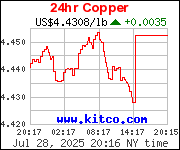


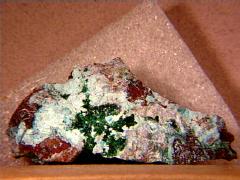

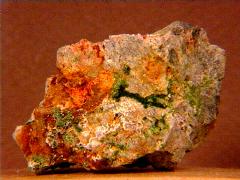
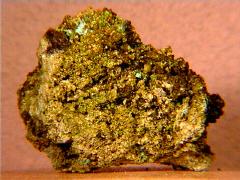
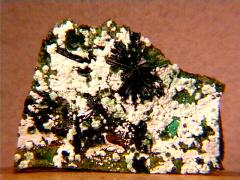
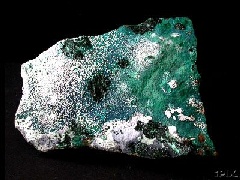


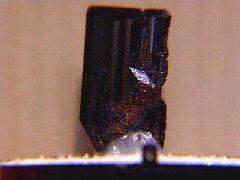
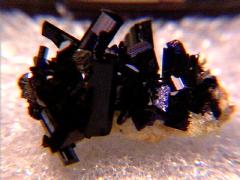










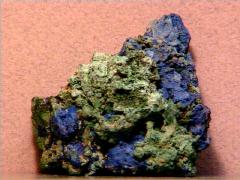

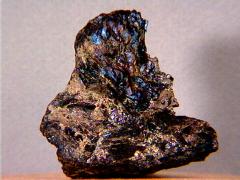




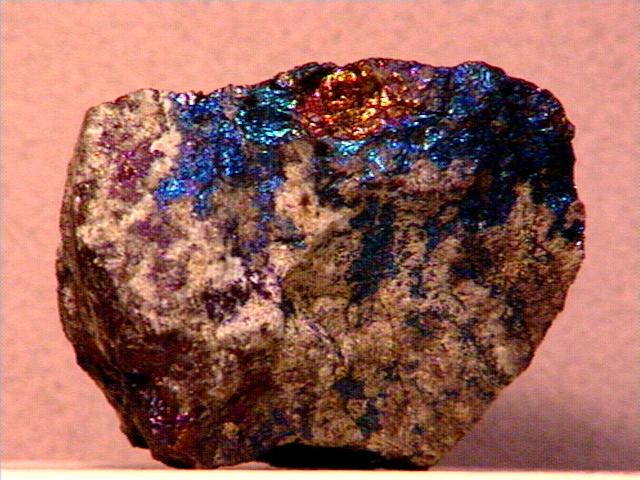



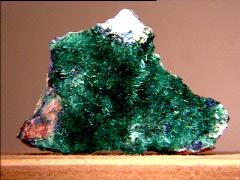







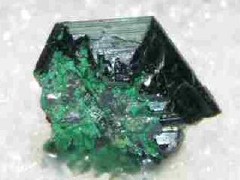
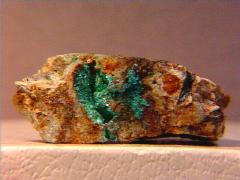


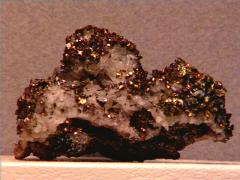

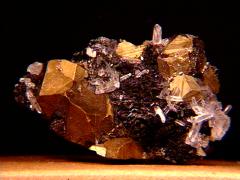
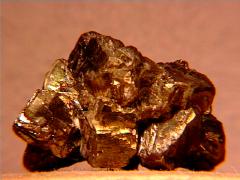




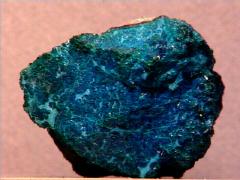
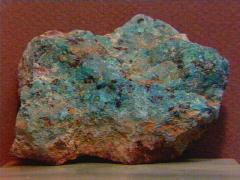



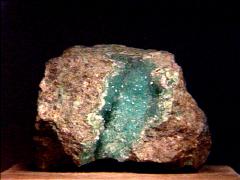
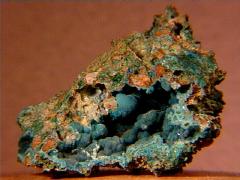
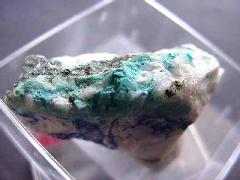
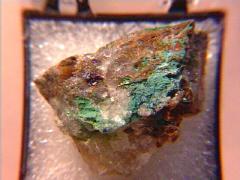
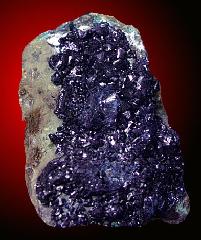

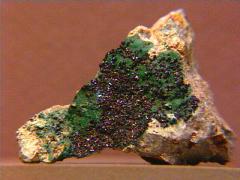


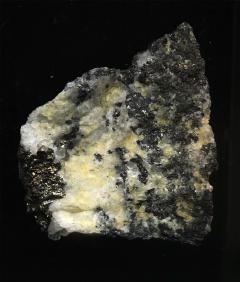






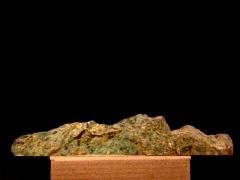




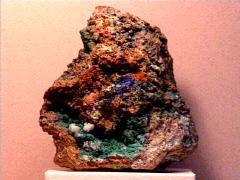



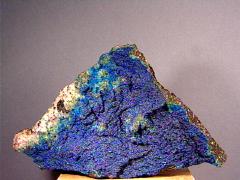




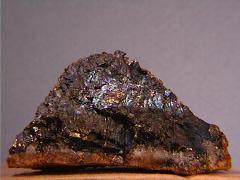
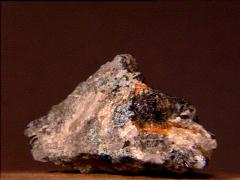


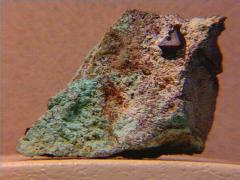


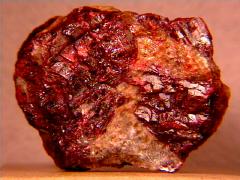
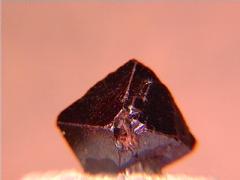




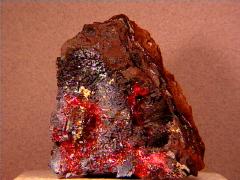


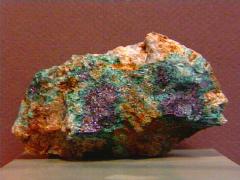

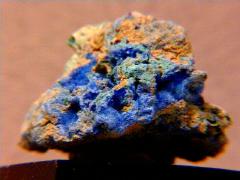










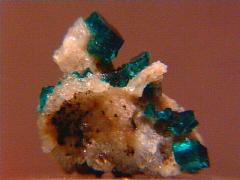








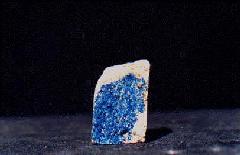


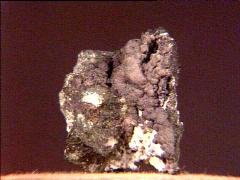
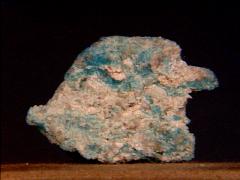
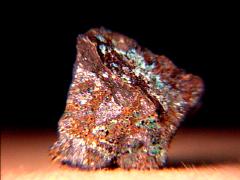





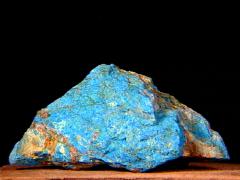

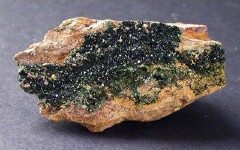


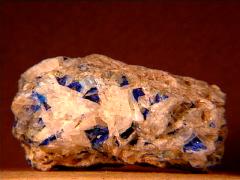
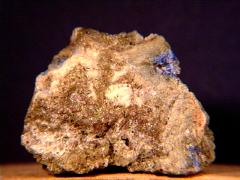


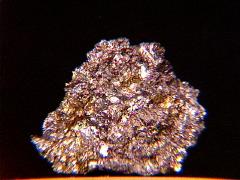
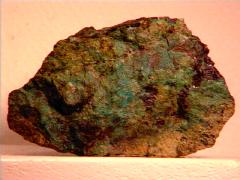
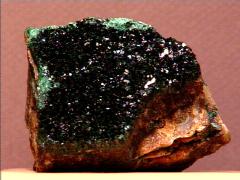
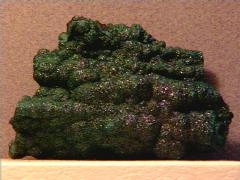




hiiiiiiiiii one good financial advisor is enough to fulfill the need of a client, if your advisor is good and strategic I suppose one is enough. thanks http://www.rocg.com
ReplyDelete